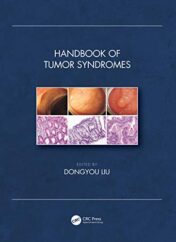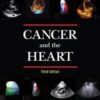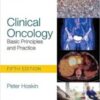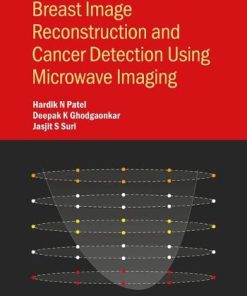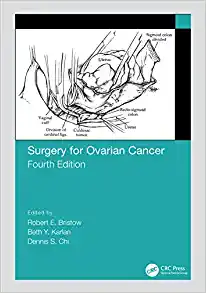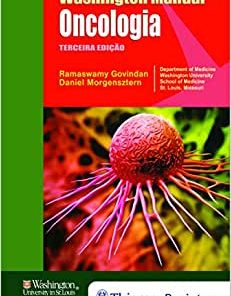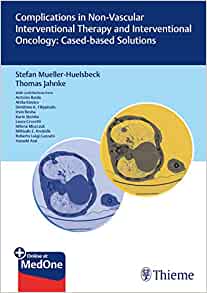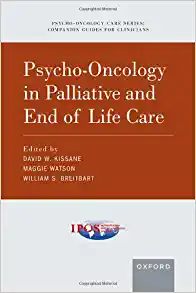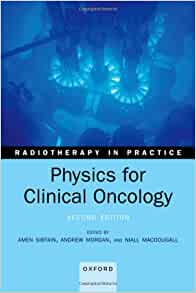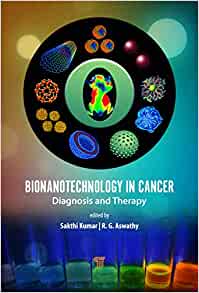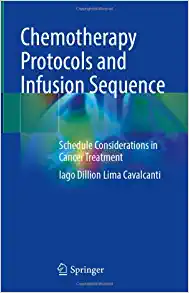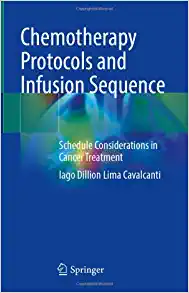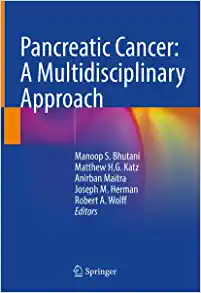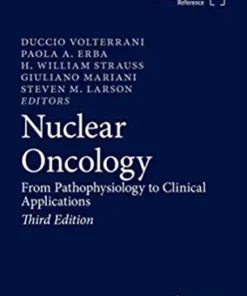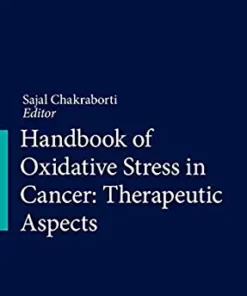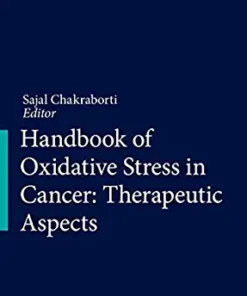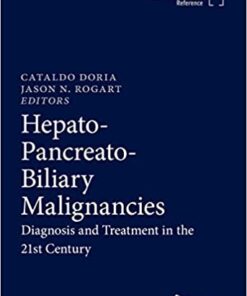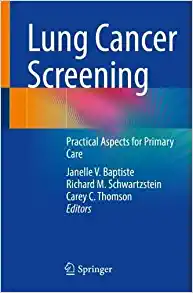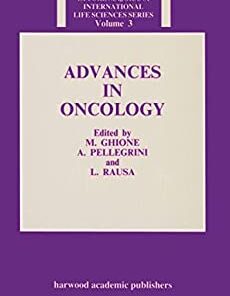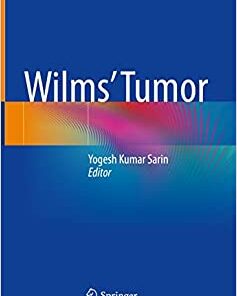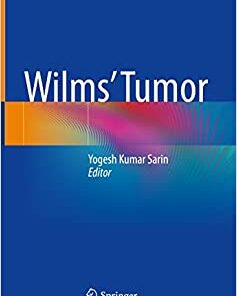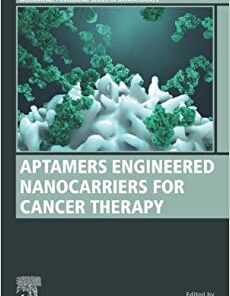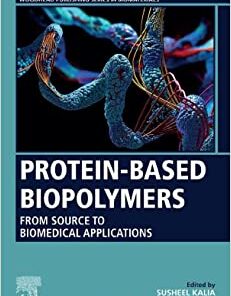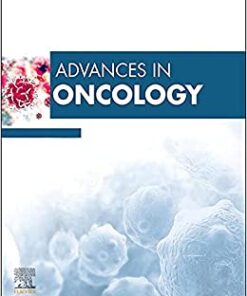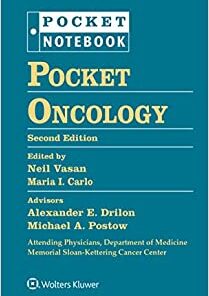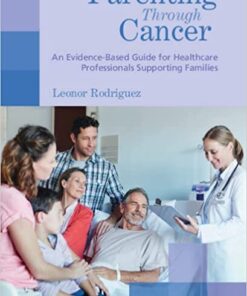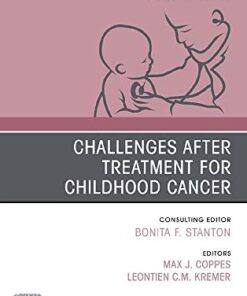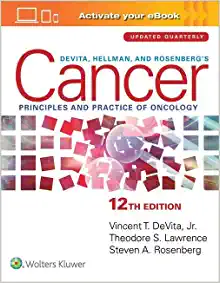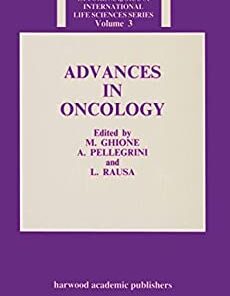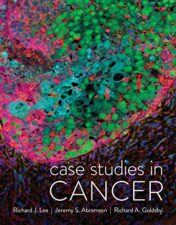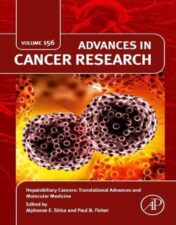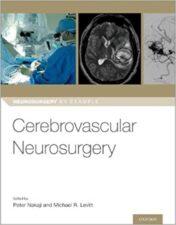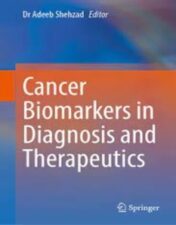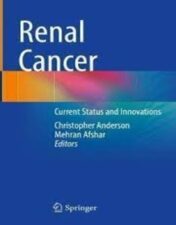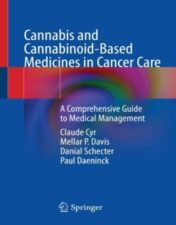Please log in to purchase this product.
Handbook of Tumor Syndromes (Original PDF)
Please log in to view the price.
Handbook of Tumor Syndromes (Original PDF)
Tumors/cancers are characterized by uncontrolled growths of abnormal cells that extend beyond their usual boundaries and disrupt the normal functions of affected organs and systems. While about 75%–80% of tumors/cancers arise sporadically without a family connection, 20%–25% appear to be familial (including 10%–15% nonhereditary familial tumors [or familial tumors] and 5%–10% hereditary familial tumors [or hereditary tumors]). As nonhereditary and hereditary familial tumors often show both tumor-related and non-tumor-related (or syndromic) symptoms, they are referred to as tumor syndromes (or cancer susceptibility syndromes).
In comparison with sporadic tumors/cancers, tumor syndromes (>300 described so far) tend to occur at a younger age, involve multiple organs and systems, produce multiple (often in a distinct spectrum) and bilateral lesions, form multiple hamartomatous, benign, or precursor lesions; locate in specific site(s), display unique syndromic features, and affect multiple members/generations of a family.
This book provides state-of-art and authoritative coverage of nearly 100 tumor syndromes, with chapters presenting overviews of individual tumor syndromes in relation to their biology, epidemiology, pathogenesis, clinical features, diagnosis, treatment, and prognosis. Featuring contributions from oncologists, clinicians, and specialists, the book offers a reliable, comprehensive reference on tumor syndromes for scholars and students of medicine, dentistry, pharmacology, nursing, public health, and other biomedical disciplines.
Key Features
-
- Reviews the biology, epidemiology, pathogenesis, and clinical features of tumor syndromes
-
- Contains up-to-date information on the diagnosis and treatment of tumor syndromes
-
- Includes expert coverage from leading oncologists and clinicians
Related Products
ONCOLOGY BOOKS
ONCOLOGY BOOKS
ONCOLOGY BOOKS
ONCOLOGY BOOKS
ONCOLOGY BOOKS
ONCOLOGY BOOKS
ONCOLOGY BOOKS
ONCOLOGY BOOKS
ONCOLOGY BOOKS
Physics for Clinical Oncology (Radiotherapy in Practice), 2nd Edition (Original PDF from Publisher)
ONCOLOGY BOOKS
ONCOLOGY BOOKS
Chemotherapy Protocols and Infusion Sequence: Schedule Consideration in Cancer Treatment (EPUB)
ONCOLOGY BOOKS
ONCOLOGY BOOKS
ONCOLOGY BOOKS
Handbook of Oxidative Stress in Cancer: Therapeutic Aspects (Original PDF from Publisher)
ONCOLOGY BOOKS
ONCOLOGY BOOKS
Lung Cancer Screening: Practical Aspects for Primary Care (Original PDF from Publisher)
ONCOLOGY BOOKS
ONCOLOGY BOOKS
ONCOLOGY BOOKS
ONCOLOGY BOOKS
ONCOLOGY BOOKS
Advances in Oncology, 2022 (Volume 2-1) (Advances, Volume 2-1) (Original PDF from Publisher)
ONCOLOGY BOOKS
Managing Immunotherapy Related Organ Toxicities: A Practical Guide (Original PDF from Publisher)
ONCOLOGY BOOKS
ONCOLOGY BOOKS
ONCOLOGY BOOKS
The Systemic Effects of Advanced Cancer: A Textbook on Cancer-Associated Cachexia (EPUB)
ONCOLOGY BOOKS
Nuclear Medicine Manual on Gynaecological Cancers and Other Female Malignancies (EPUB)
ONCOLOGY BOOKS
Lung Cancer: Your Questions & Expert Answers, 5th Edition (Original PDF from Publisher)
ONCOLOGY BOOKS
ONCOLOGY BOOKS
Internal Medicine Books
The PassMachine Medical Oncology Board Review 2020 (v5.1) (Beattheboards) (Lectures)
ONCOLOGY BOOKS
ONCOLOGY BOOKS
ONCOLOGY BOOKS
ONCOLOGY BOOKS
ONCOLOGY BOOKS
ONCOLOGY BOOKS
Cancer Biomarkers: Clinical Aspects and Laboratory Determination 2022 Epub+converted pdf
ONCOLOGY BOOKS
Fundamentals of Ionizing Radiation Dosimetry: Solutions to the Exercises 2017 Original PDF
ONCOLOGY BOOKS
Breast Cancer Radiation Therapy: A Practical Guide for Technical Applications 2022 Original PDF
ONCOLOGY BOOKS
ONCOLOGY BOOKS
ONCOLOGY BOOKS
Advanced Skin Cancer A Case-Based Approach 2022 Original pdf
ONCOLOGY BOOKS
Washington & Leaver’s Principles and Practice of Radiation Therapy, 5th Edition 2021 Original PDF
ONCOLOGY BOOKS
ONCOLOGY BOOKS
ONCOLOGY BOOKS
ONCOLOGY BOOKS
Clinical Management of Acute Lymphoblastic Leukemia From Bench to Bedside 2022 Original pdf
ONCOLOGY BOOKS
ONCOLOGY BOOKS
ONCOLOGY BOOKS
ONCOLOGY BOOKS
Machine and Deep Learning in Oncology, Medical Physics and Radiology 2022 Original pdf
ONCOLOGY BOOKS
Targets of Cancer Diagnosis and Treatment Ion Transport in Tumor Biology 2022 Original pdf
ONCOLOGY BOOKS
ONCOLOGY BOOKS
Tumor Suppressor Par-4 Structural Features, Molecular Mechanisms and Function 2022 Original pdf
ONCOLOGY BOOKS
ONCOLOGY BOOKS
ONCOLOGY BOOKS
ONCOLOGY BOOKS
ONCOLOGY BOOKS
Water-filtered Infrared A (wIRA) Irradiation From Research to Clinical Settings 2022 Original pdf
ONCOLOGY BOOKS
ONCOLOGY BOOKS
Clinical Nuclear Medicine in Neurology An Atlas of Challenging Cases 2022 Original pdf

